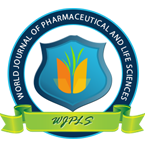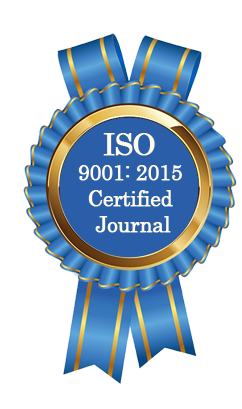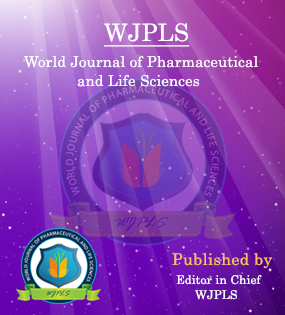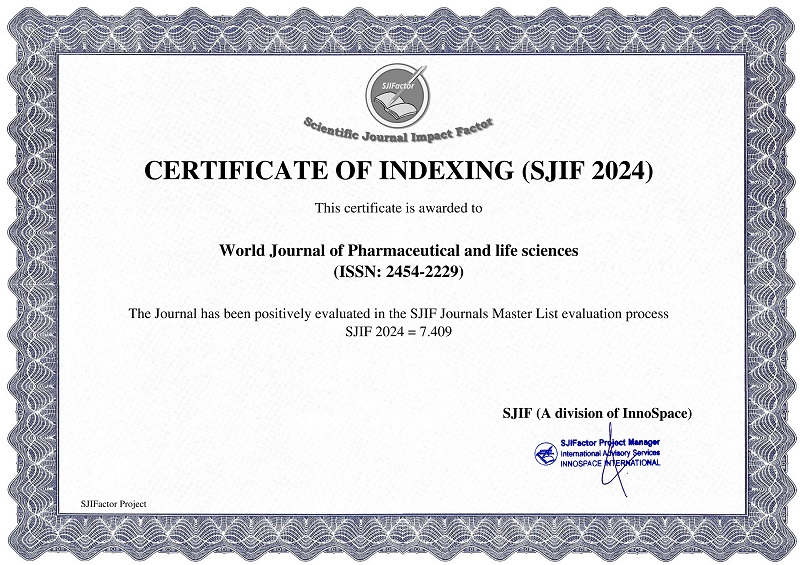Abstract
IMPACT OF CESTRUM AURANTIACUM ON HISTOPATHOLOGICAL INVESTIGATIONS IN FRUCTOSE-INDUCED HYPERTENSIVE RODENTS
Patil Rahul Ravindra, Prajakta Maskawade, Ragini Bundela*, Dr. Karunakar Shukla
ABSTRACT
The current study intends to investigate the possible impact of Cestrum aurantiacum ethanolic leaf extract, which is antioxidant rich, on intestinal motility and histological findings in fructose (10%) induced hypertensive rats. 60 male rodents (weighing 110-150g) were used in the investigation. Rodents were placed into six groups of six, with ten rodents in each group, at random. Group I was used as the standard control group, receiving food pellets and regular water as needed for a period of six weeks. For six weeks, Group II was given a fructose (10%) solution rather than regular water. For 6 weeks, Group III, IV, and V received ECA at varying doses (100, 200, and 400 mg/kg p.o.) in addition to fructose (10%) solution in place of unlimited access to water. For six weeks, Group VI was given a solution of fructose (10%) in place of unlimited access to water and a dose of Enalapril (10mg/kg p.o.). By administering ECA to a solitary strip of rat ascending colon, the cumulative concentration-response curve (CCRC) of Ang II was moved to the right. Compared to the fructose-treated group, ECA administration improved the rat ascending colon's contractile properties in the CCRC of ACh. The histopathological alterations in the fructose (10%) group included sclerotic glomeruli, renal hypertrophy, and hazy swelling in the renal tubules. The liver of the fructose (10%) group had macrovesicular steatosis, fat deposition, and blood sinusoids around the major vein were congested. In the fructose group, the tunica medium thickness was thicker in the aorta. Cardiomyocytes in the heart of the fructose (10%) group are vacuolated. Treatment with ECA lessened the tissue damage caused by fructose as a result of metabolic syndrome. 42.91g of gallic acid equivalent/mg of extract was discovered to be the total phenolic content of ECA. ECA has strong antioxidant effects because it is flavonoid-rich. The outcome shown that ECA may be able to inhibit the development of high blood pressure brought on by fructose by combating oxidative stress brought on by fructose (10%) and lowering Ang II activity.
[Full Text Article] [Download Certificate]WJPLS CITATION 
| All | Since 2020 | |
| Citation | 590 | 424 |
| h-index | 12 | 10 |
| i10-index | 17 | 14 |
INDEXING
NEWS & UPDATION
BEST ARTICLE AWARDS
World Journal of Pharmaceutical and life sciences is giving Best Article Award in every Issue for Best Article and Issue Certificate of Appreciation to the Authors to promote research activity of scholar.
Best Article of current issue
Download Article : Click here





